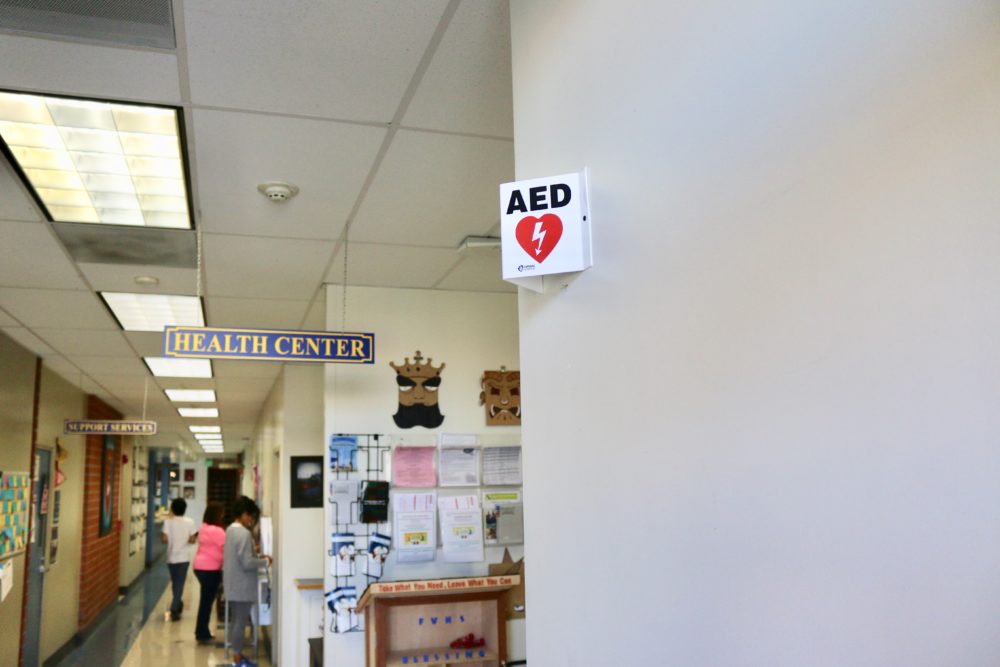
By Katy Nguyen, Staff Writer
During the summer and fall months, many infants and children come home sick with a contagious disease that wears off in week. This viral illness, known as the Hand-Foot-Mouth Disease (HFMD), is caused by various strains of viruses in the enterovirus group, including the common Coxsackievirus A16.
“Usually it starts off with cold, fatigue, malaise… and then you get a fever. Generally after the fever, the spots start to show up. You get little blisters that show up on your hands, on your throat, on your face and on the bottom of your feet,” said Fountain Valley High School (FVHS) Nurse Marci McLean-Crawford.
The risk of getting HFMD is more prevalent in children under the age of ten. However, teenagers and adults can be affected as well, when exposed to an enterovirus they never had before. Fortunately, a person develops immunity to a certain strain once they are exposed to it.
The Centers for Disease Control and Prevention reports that large outbreaks in the United States are not as common as those in Asia, where thousands of people are infected by this virus.
“[At FVHS], we’ve had more cases than usual this year,” said McLean-Crawford. “We saw quite a few kids come down with it within a week or two, so we got in touch with the Health Department. They confirmed that it was county-wide, so it wasn’t just our school, [but] it has definitely slowed down.”
HFMD is commonly spread by contact with an infected person and any contaminated surfaces. It can sometimes lead to more severe conditions like viral meningitis, encephalitis (brain swelling) and death.
Although there is currently no vaccine for HFMD, it can easily be avoided.
“The number one way to prevent from getting sick with these viruses is to wash your hands,” said McLean-Crawford.





